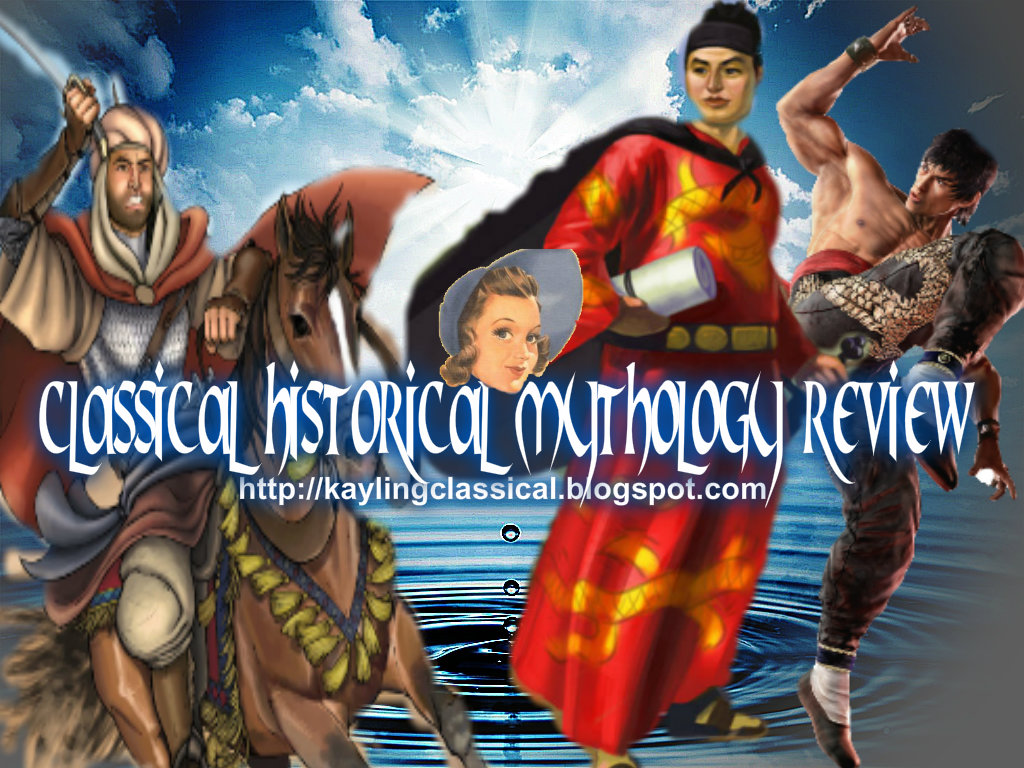They believed that they would be able to manipulate him to their own ends, and thus effectively control the empire. Qin Er Shi was, indeed, inept and pliable. He executed many ministers and imperial princes, continued massive building projects (one of his most extravagant projects was lacquering the city walls), enlarged the army, increased taxes, and arrested messengers who brought him bad news. As a result, men from all over China revolted, attacking officials, raising armies, and declaring themselves kings of seized territories. During this time, Li Si and Zhao Gao fell out among themselves, and Li Si was executed. Zhao Gao decided to force Qin Er Shi to commit suicide due to Qin Er Shi's incompetence. Upon this, Ziying, a nephew of Qin Er Shi, ascended the throne, and immediately executed Zhao Gao.
Ziying, seeing that increasing unrest was growing among the people and that many local officials had declared themselves kings, attempted to cling to his throne by declaring himself one king among all the others. He was undermined by his ineptitude, however, and popular revolt broke out in 209 BC. When Chu rebels under the lieutenant Liu Bang attacked, a state in such turmoil could not hold for long.
Ziying was defeated near the Wei River in 207 BC and surrendered shortly after; he was executed by the Chu leader Xiang Yu. The Qin capital was destroyed the next year, and this is considered by Derk Bodde, as well as other historians, to be the end of the Qin empire. Liu Bang then betrayed and defeated Xiang Yu, declaring himself Emperor Gaozu of the new Han Dynasty. Despite the short duration of the Qin Dynasty, it was very influential on the structure of future dynasties.
The aristocracy of the Qin were largely similar in their culture and daily life. Regional variations in culture were considered a symbol of the lower classes. This stemmed from the Zhou and was seized upon by the Qin, as such variations were seen as contrary to the unification that the government strove to achieve. Commoners and rural villagers, who made up over 90% of the population, very rarely left the villages or farmsteads where they were born.
Common forms of employment differed by region, though farming was almost universally common. Professions were hereditary; a father's employment was passed to his eldest son after he died. The Lüshi Chunqiu gave examples of how, when commoners are obsessed with material wealth, instead of the idealism of a man who "makes things serve him", they were "reduced to the service of things".
Peasants were rarely figured in literature during the Qin Dynasty and afterwards; scholars and others of more elite status preferred the excitement of cities and the lure of politics. One notable exception to this was Shen Nong, the so-called "Divine Father", who taught that households should grow their own food. "If in one's prime he does not plow, someone in the world will grow hungry.
If in one's prime she does not weave, someone in the world will be cold." The Qin encouraged this; a ritual was performed once every few years that consisted of important government officials taking turns with the plow on a special field, to create a simulation of government interest and activity within agriculture.
Warring States-era architecture had several definitive aspects. City walls, used for defense, were made longer, and indeed several secondary walls were also sometimes built to separate the different districts. Verticality in federal structures was emphasised, to create a sense of authority and absolute power. Architectural elements such as high towers, pillar gates, terraces, and high buildings amply conveyed this. The written language of the Qin was logographic, as that of the Zhou had been.
As one of his most influential achievements in life, prime minister Li Si standardized the writing system to be of uniform size and shape across the whole country. This would have a unification effect on the Chinese culture for thousands of years. He is also credited with creating the "lesser-seal" style of calligraphy, which serves as a basis for modern Chinese and is still used in cards, posters, and advertising.
During the Warring States Period, the Hundred Schools of Thought comprised many different philosophies proposed by Chinese scholars. In 221 BC, however, the First Emperor conquered all of the states and governed with a single philosophy, Legalism. At least one school of thought, Mohism, was eradicated, though the reason is not known. Despite the Qin's state ideology and Mohism being similar in certain regards, it is possible that Mohists were sought and killed by the state's armies due to paramilitary activities.
Confucius's school of thought, called Confucianism, was also influential during the Warring States Period, as well as throughout much of the later Zhou Dynasty and early imperial periods. This school of thought had a so-called Confucian canon of literature, known as the "six classics": the Odes, Documents, Ritual, Music, Spring and Autumn Annals, and Changes, which embodied Chinese literature at the time.
Source : ultra.wikia




